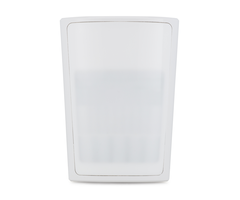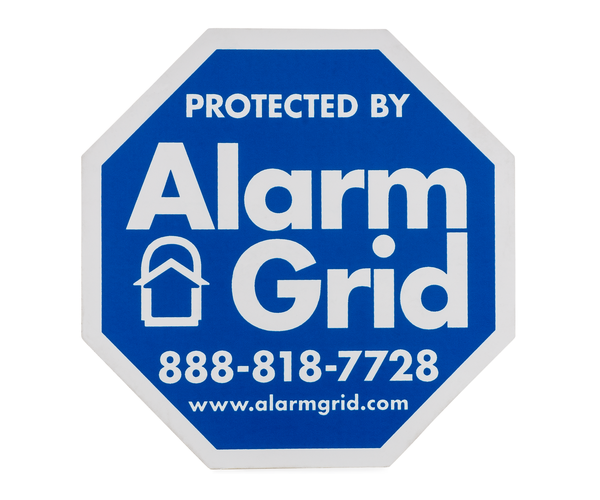5 Things We Love About the 2GIG GC3e
Posted By Michael GorisNortek and 2GIG made waves last year with their release of the 2GIG GC3e System. This panel is known for its exceptional build quality and its robust and powerful features. It is a great option to consider if you are new to alarm monitoring. Here are five (5) things we love about the GC3e.

1) Many Sensor Options
When you get a 2GIG GC3e System, you will have the choice of many sensor lineups. Arguably the most powerful are the encrypted 2GIG eSeries Sensors. These are the only encrypted sensors available for the system, and they offer an impressive wireless range of 350 nominal feet. Other wireless sensor options include the 2GIG 345 MHz Sensors and the Honeywell 5800 Series Sensors. And if you have hardwired sensors, you can bring them over using a Honeywell 5800C2W or a 2GIG TAKE-345.
2) Partitioning Support
Referred to as "Smart Areas", the 2GIG GC3e provides support for up to four (4) individually controlled partitions. If you aren't familiar with partitioning for alarm systems, it basically means splitting the system up into different sections that can each be armed and disarmed individually. Each Smart Area Partition can be assigned its own selection of zones its own set of user codes. This is perfect for businesses, multi-family homes, guest homes, rental properties and more.
3) Z-Wave Plus
The 2GIG GC3e features a built-in Z-Wave Plus controller for using smart home automation devices. You can add a variety of devices, including lights, locks, thermostats, and more to create a truly customized smart home that meets your needs. These connected devices can be controlled directly from the panel, and it is even possible to establish smart scenes to have multiple home automation devices activate automatically based on a set schedule or with certain system events.
4) Alarm.com
If you want to truly unlock the potential of your GC3e system, you will want to get it set up with an alarm monitoring plan that includes access to Alarm.com. This is an interactive service platform that you can use to control your GC3e from anywhere using a web browser or a mobile app on your phone. Once you have accessed Alarm.com, you can arm and disarm the system, control Z-Wave home automation devices, view the live feed for Alarm.com Security Cameras, and more.
5) Great Build Quality
While this is hard to measure, we are honest when we say that the 2GIG GC3e arguably has the best build quality out of any alarm panel we have ever seen. The panel is extremely tough and very well-made. It doesn't feel flimsy like some other security panels, but it is still sleek and compact enough that you will be proud to display it on your wall. If mounting an alarm panel isn't your style, then the 2GIG CP-DESK can be added to rest the system on a sturdy table or desk.
Get a 2GIG GC3e System from Alarm Grid!
If you have decided that the 2GIG GC3e System is for you, then we would love to help you get started! You can email us at support@alarmgrid.com if you have any questions about the GC3e or our monitoring services in general. Our technical support specialists are available from 9am to 8pm ET M-F to provide you with the help you need. We look forward to hearing from you!







